Manage datain an orderly manner.
Data warehousing and data warehousing will give you quicker, simpler and more efficient access to data. Also the big ones.
Scope of service
Strategy
Together with the client, we agree on a strategy for the implementation of Business intelligence tools, matching the direction of development of his organization.
Deployment
During the implementation of BI, we install, configure, test, train and prepare documentation. We help at every stage.
Tools
After setting the objectives and expected results, we help in the selection of the tools required for implementation, guided by the chosen strategy.
Maintenance
After the implementation, we transfer all know-how to the customer's resources. All this so that the service in the future can be carried out without additional assistance. Vizyble specialists will be happy to answer any questions and support you in maintaining the process.
Lorem ipsum dolor sit amet, consectetur adipiscing elit. Suspendisse varius enim in eros elementum tristique. Duis cursus, mi quis viverra ornare, eros dolor interdum nulla, ut commodo diam libero vitae erat. Aenean faucibus nibh et justo cursus id rutrum lorem imperdiet. Nunc ut sem vitae risus tristique posuere.
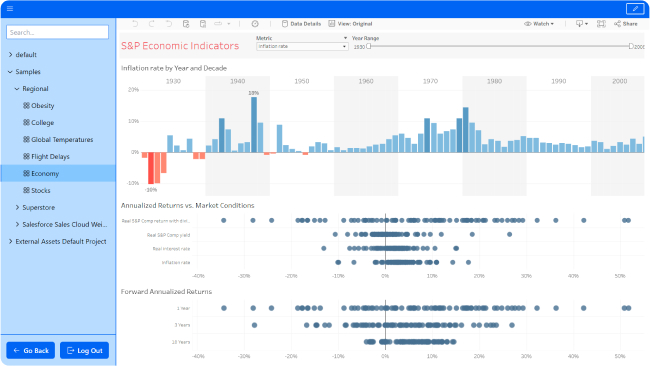
Lorem ipsum dolor sit amet, consectetur adipiscing elit. Suspendisse varius enim in eros elementum tristique. Duis cursus, mi quis viverra ornare, eros dolor interdum nulla, ut commodo diam libero vitae erat. Aenean faucibus nibh et justo cursus id rutrum lorem imperdiet. Nunc ut sem vitae risus tristique posuere.

Lorem ipsum dolor sit amet, consectetur adipiscing elit. Suspendisse varius enim in eros elementum tristique. Duis cursus, mi quis viverra ornare, eros dolor interdum nulla, ut commodo diam libero vitae erat. Aenean faucibus nibh et justo cursus id rutrum lorem imperdiet. Nunc ut sem vitae risus tristique posuere.


Service implementation process
Pre-implementation analysis
Pre-implementation analysis is the first point of joint action. During this time, we obtain all the detailed information, the necessary accesses and determine the scope of activities.
See how it works
— dashboards live.
Financial Dashboard
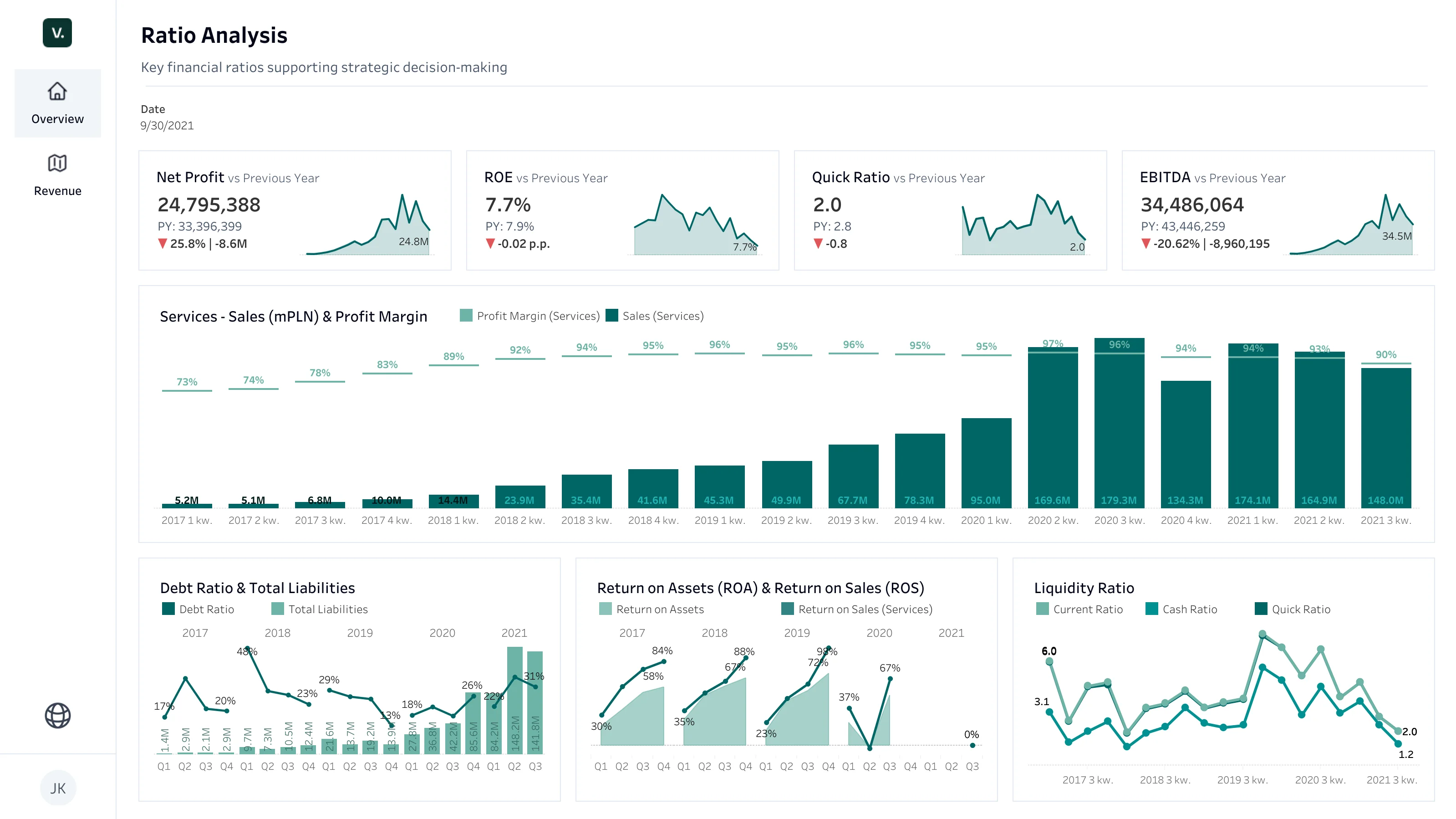
Dashboard for HR
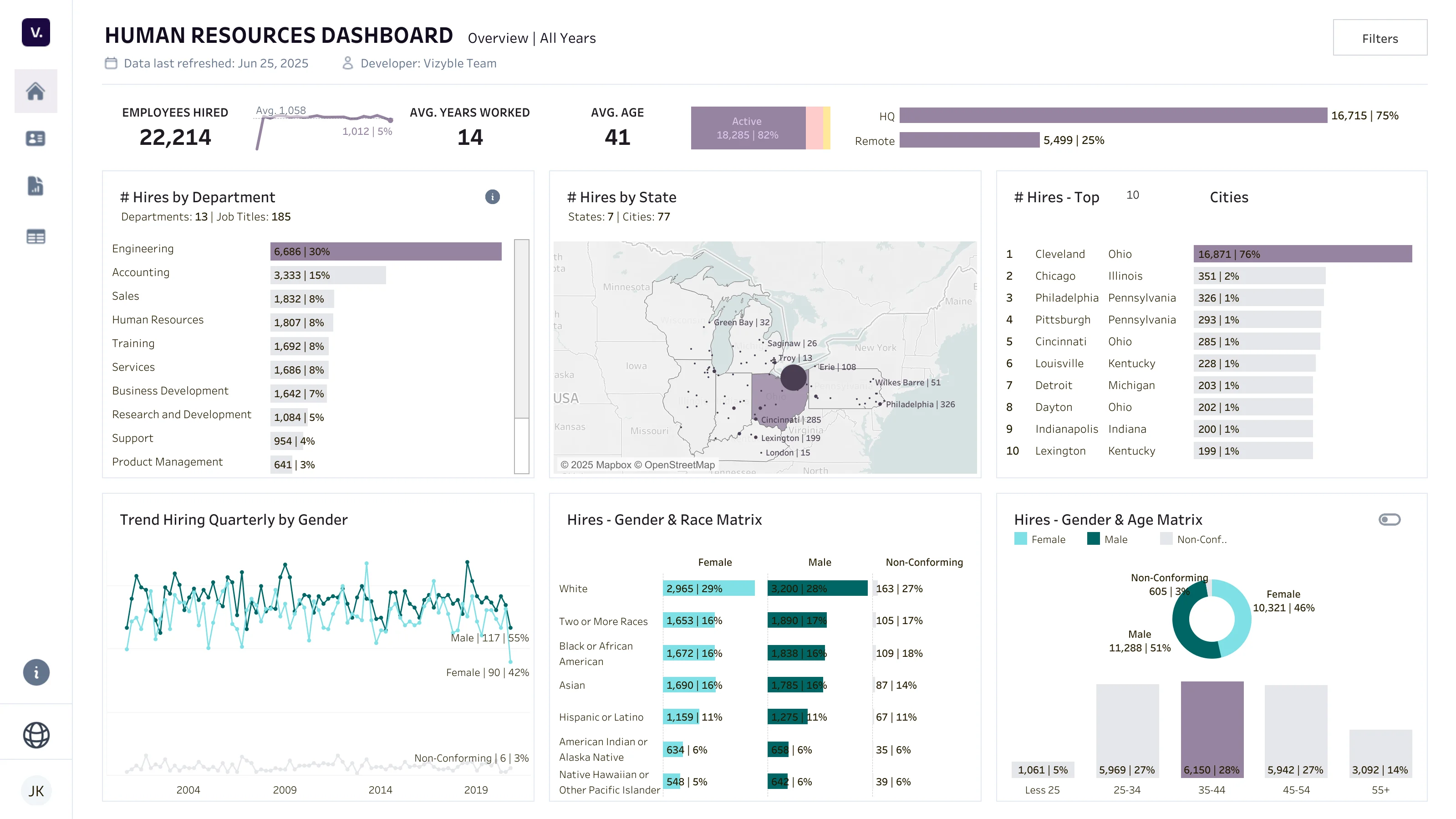
Dashboard for Manufacturing Company

Marketing Dashboard
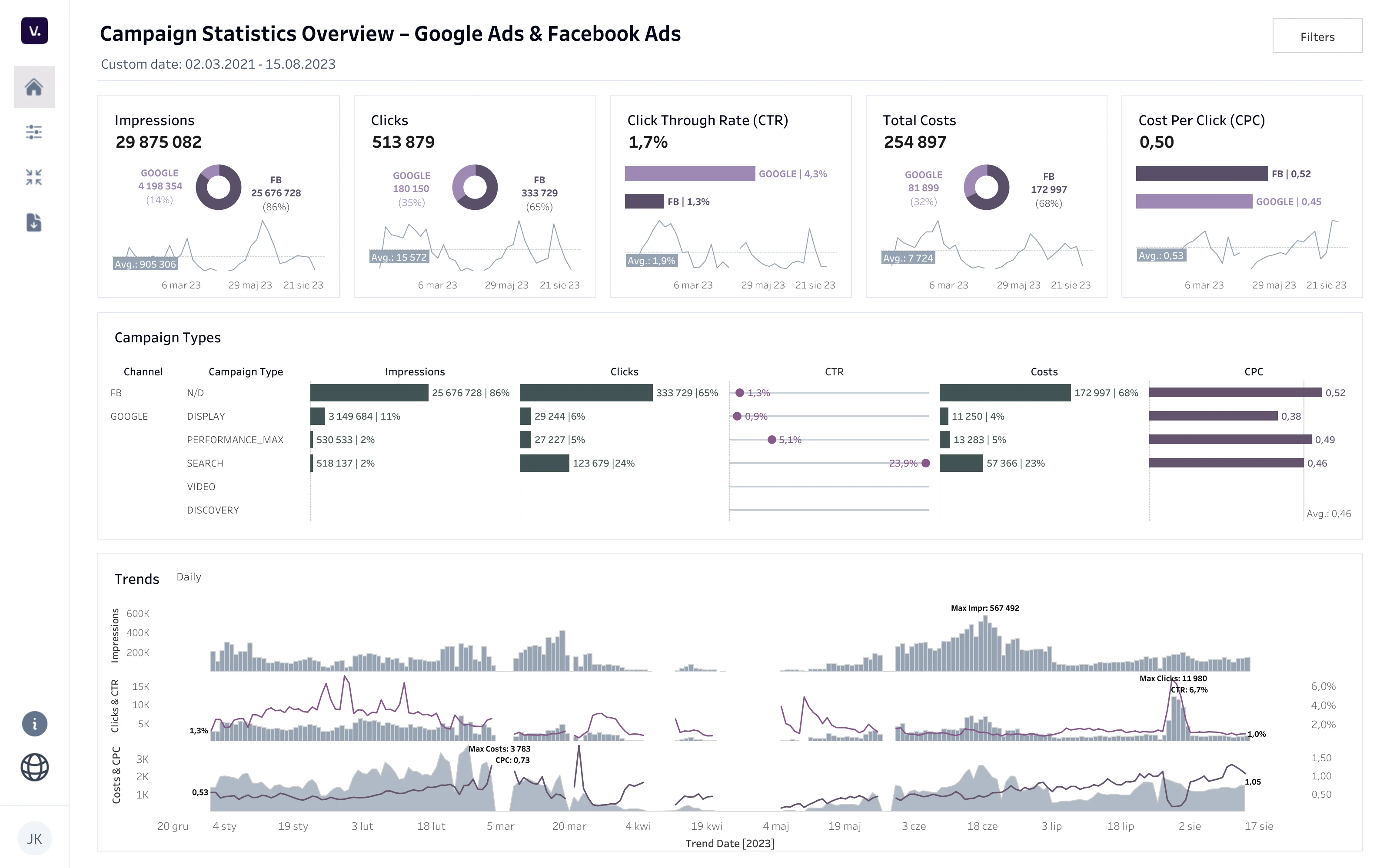
Logistics Dashboard
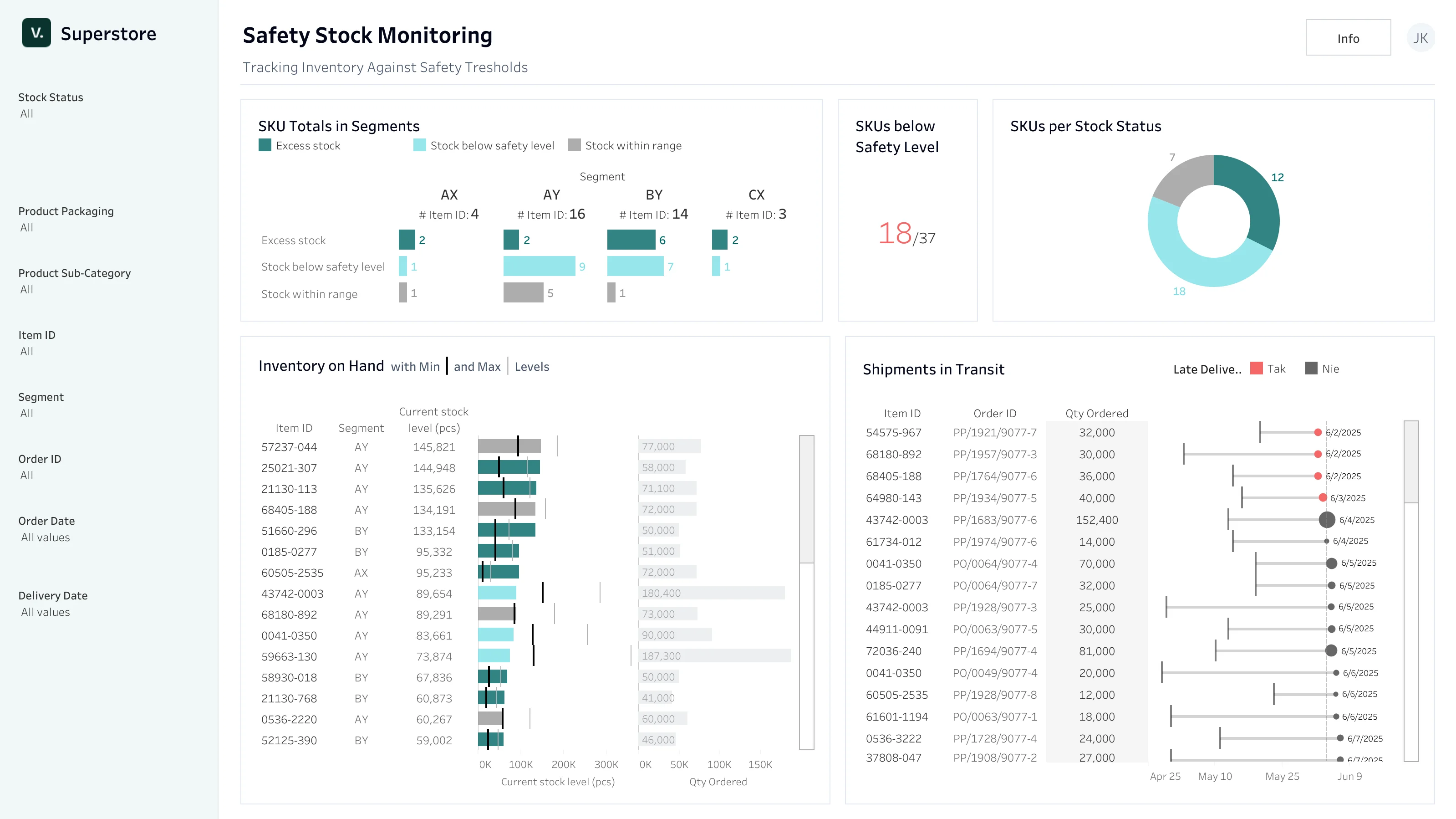
Dashboard for production

Dashboard for e-commerce
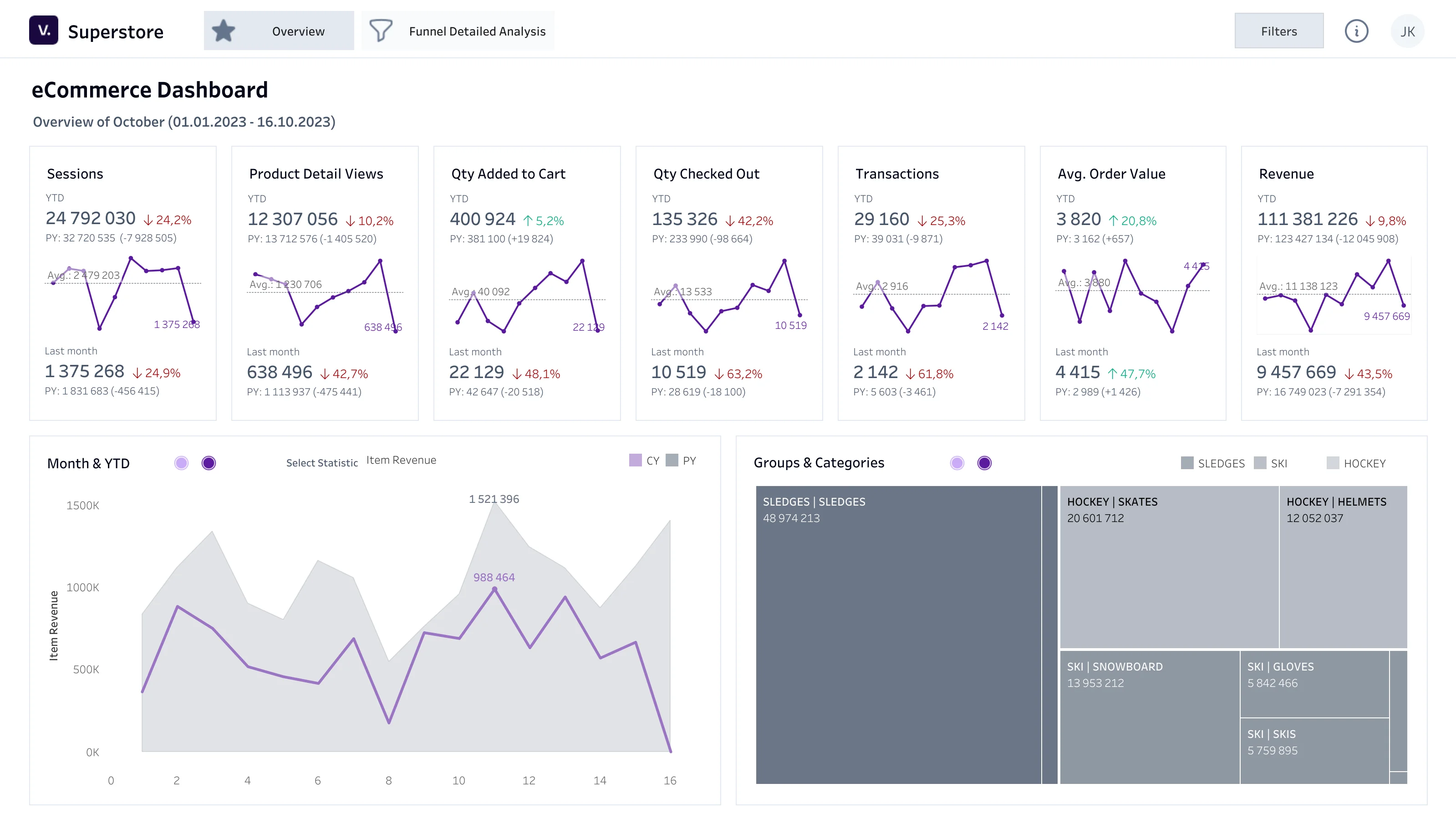

Blog. Learn more aboutdata storage and warehouses.
FAQ.
Find the answer to your question.
A data warehouse is a specialized IT system designed to store, integrate and analyze large amounts of data, coming from a variety of sources. Unlike traditional databases, data warehouses are optimized for analytical queries and reporting, rather than daily transaction operations.
Among the most popular modern data warehouses are Snowflake, a scalable, cloud-based data warehouse known for high performance and flexibility, and Google BigQuery, a data warehouse running on Google Cloud. Of the on-premises solutions, the most common is MsSQL.
The database supports day-to-day operations (e.g. event recording in production systems), while the data warehouse is used to store integrated historical data that is analyzed for strategic purposes. The data warehouse is optimized for analytical queries and the processing of large amounts of data.
If your company collects data from different sources (e.g. ERP, CRM, e-commerce) and needs their integration and analysis, a data warehouse will help you organize the data and extract valuable business insights from it.
Yes, both Snowflake and Google BigQuery offer a connection to Tableau. This allows you to create interactive dashboards, reports and analytics in real time, without having to export data. Tableau automatically optimizes queries and allows you to work with very large data sets without sacrificing performance.
Today's data warehouses, such as Snowflake and BigQuery, are only available as cloud solutions. This eliminates the need to invest in infrastructure and you can easily scale resources as needed. Despite everything, solutions maintained and developed locally are still being used and developed.
The cost of implementing a data warehouse depends on many factors (including the chosen technology (cloud, on-premises), the scale of the project or the number of data sources). Additional costs may result from licensing needs, development work, data migration and system maintenance. For cloud solutions (e.g. Snowflake, BigQuery), costs are often billed for consumption and can start at a few thousand dollars per month. Valuation should always be preceded by an analysis of business and technical requirements. However, you don't always have to pay the full cost right away. The project, divided into appropriate phases, will be launched much faster and will be able to begin to bring concrete business benefits.
The decision to choose a data warehouse is based on an analysis of business needs, data sources and volume, IT architecture and available competencies. It may also be crucial to match the technology to the expected reports, performance and the way of integration with existing systems (e.g. ERP, BI). We also consider the deployment model (cloud, on-premises, hybrid), costs (licenses, maintenance) and scalability of the solution.